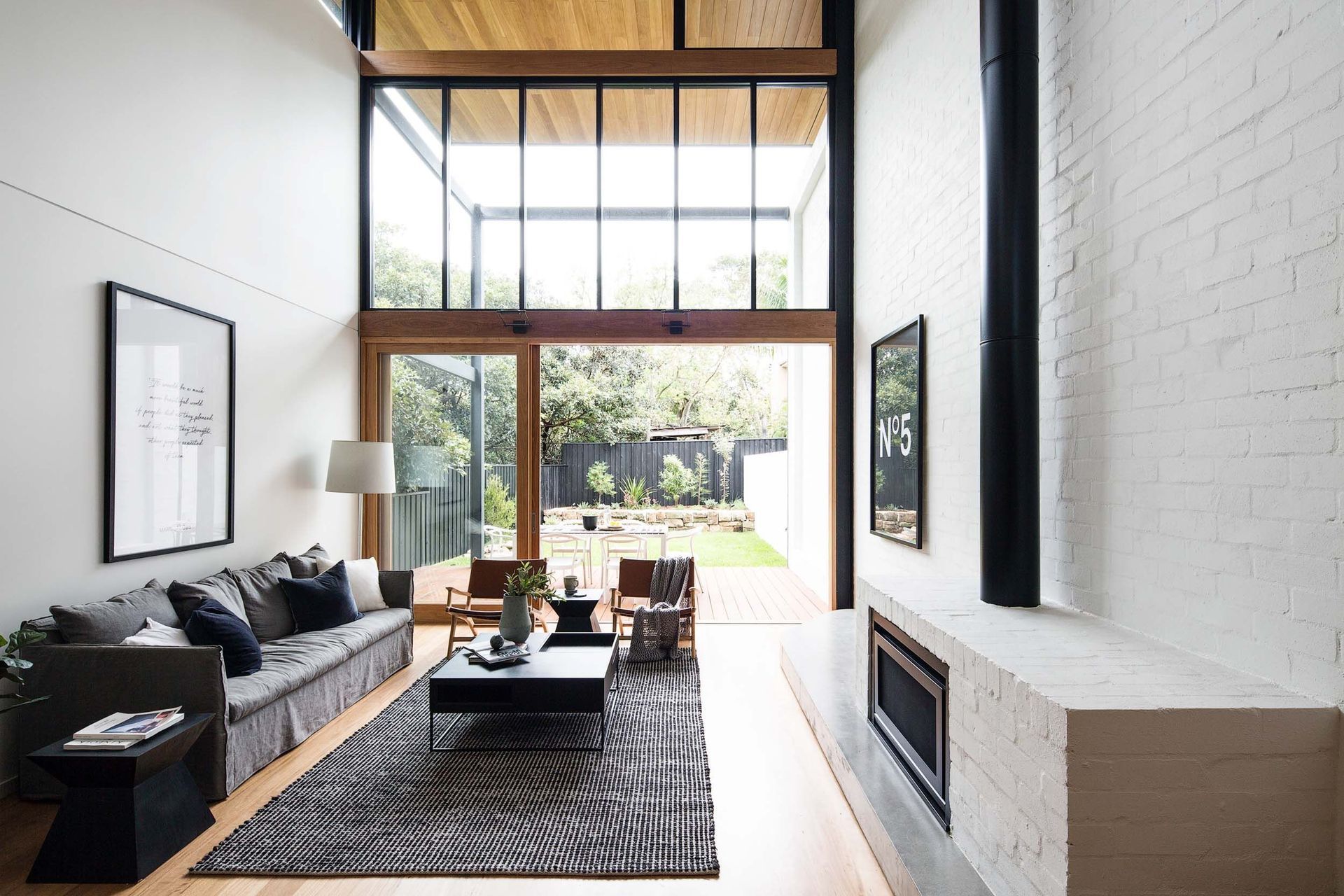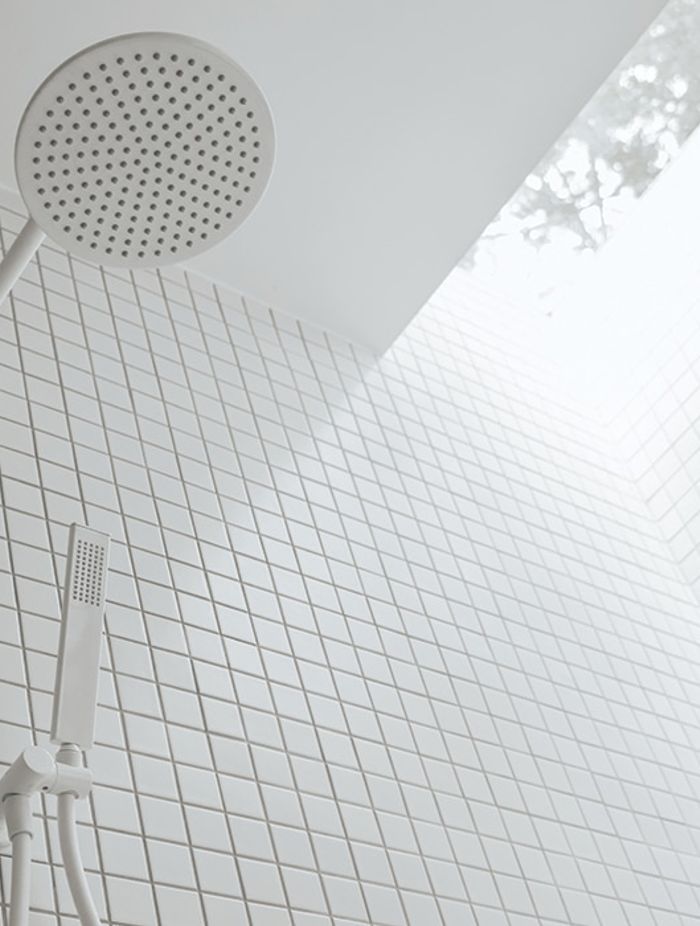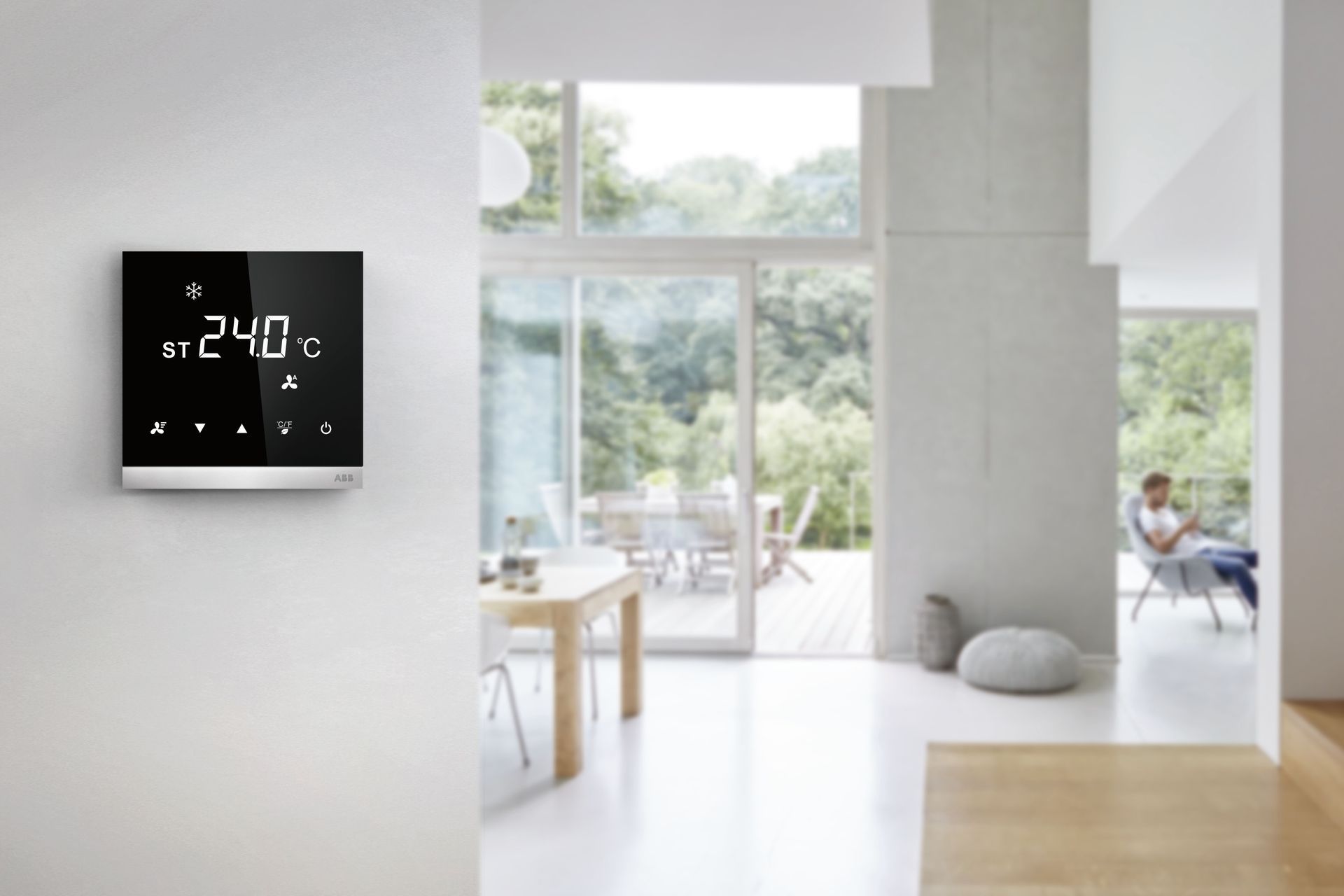10 ways to reduce your energy use and save money at home
Written by
09 August 2022
•
5 min read

The amount of energy your household uses and the cost of doing so is largely determined by your climate, your appliances, the size and design of the house itself, and the lifestyle of the people living in it. However, it is possible to reduce your energy use, your impact on the environment and power bills simply by implementing a few smart measures.
In Australia, most of our energy comes from electricity, wood and gas, but electricity represents 50% of the energy used in Australian homes. Unfortunately, electricity contributes to 85% of greenhouse gas emissions as it is still predominantly produced by using fossil fuels such as coal. Therefore, the less energy we use, the less emissions we produce – and that’s important because Australians are one of the highest per-capita greenhouse gas polluters in the world, and reduced emissions alleviates the effects of climate change and maintains biodiversity.

Change your lighting
According to Energy Rating Australia, lighting accounts for around 10% of household electricity use, particularly if your home is fitted with old halogen or incandescent lights. LED lights may be more expensive initially, but they use 75% less energy and last five to 10 times longer.
Turn everything off at the power point
Simply Energy reports that when plugged into the wall the average appliance uses ‘standby’ power, which can account for up to 10% of household energy use. Turn all appliances, game consoles, computers, devices and chargers off at the power point.
Reduce your hot water use
Information provided by the Australian Department of Climate Change, Energy, Environment and Water suggests hot water makes up to 27% of household energy use and is the largest source of greenhouse gas emissions from the average Australian home.
You can reduce these numbers by using cold water in your washing machine, having shorter showers and switching to a water-saving showerhead. If you’re serious about saving money, consider installing an off-peak storage hot water system that uses a scheduled activation mode to heat water during cheaper, off-peak periods of the day, then stores it for use when needed. However, this is only available for some hot water systems and energy providers.
Top tip: Front loader washing machines uses less water than traditional top loaders, and a four-star water-saving showerhead can save up to $315 a year.

Insulate your home
Environment Victoria estimates that insulating your home can cut up to 45% of your energy usage, saving money on your electricity bill. A well-insulated home will stay cooler in summer and retain heat in winter, making passive heating and cooling techniques more effective and reducing your need for heaters or air-conditioning.
Rethink your windows
Research by the Australian Windows Energy Rating Scheme found that up to 40% of a household’s heating can be lost through windows. While double or triple-glazing is the best way to retain heat in winter and cool air in summer, heavyweight curtains or blinds, or honeycomb blinds, will also do the trick.
Choose energy-efficient appliances
Energy Matters estimates that electrical appliances represent approximately 40% of a household’s energy use, so choosing an appliance with a high star energy rating is the key to energy-saving success. Amplify this effect by using the ‘eco-setting’ on appliances such as dishwashers, washing machines, dryers and air-conditioning units, and opt for electric fans over air-conditioning systems – they cost around $0.03-$0.05 cents an hour to run.
Mind the temperature
There are optimal temperatures for thermostats and air-conditioning systems to bet set at during winter and summer if reduced energy use and power bills are your goals. In winter, maintain a temperature between 18 to 22 degrees – each degree over can add up to 10% to the running cost. In summer, set it to 25 degrees as everything below can add another 10% to your bill.
Go solar
Solar panels are undeniably one of the best ways to reduce your energy use from the national grid. However, if you aren’t ready to invest in the installation of solar panels, at the very least you can replace outdoor and garden lights with solar-powered alternatives. You can now even buy solar-panel powered security cameras.
Utilise apps and timers
Many appliances now come with timers or integrated connectivity with an app that can be installed on a smartphone. Using these tools can allow you to set timers on lighting, heating, cooling, televisions and other appliances so nothing is running unchecked. It also allows you to turn these products on and off from the palm of your hand.

Make smarter choices
Some quick and easy ways of reducing your energy use include hanging clothes on the line instead of using a dryer; opening windows and doors to create cross ventilation to cool your home during summer; and allowing sun to shine in through as many windows as possible during winter, then covering windows prior to nightfall to retain the heat.
Read more about the importance of reducing emissions and environmentally friendly buildings on ArchiPro.





